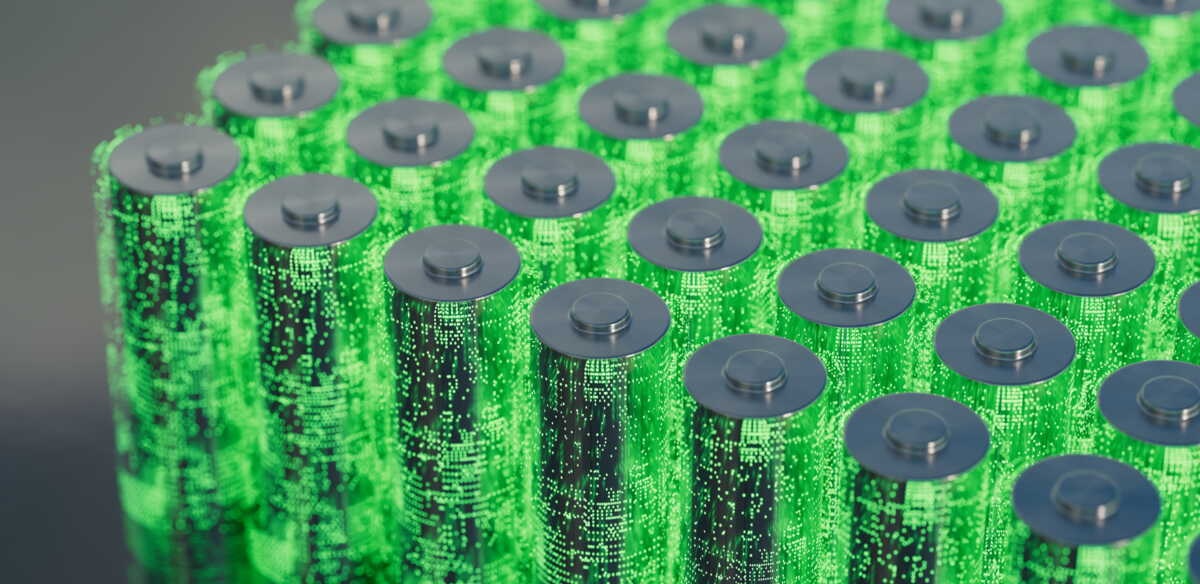A team at the University of Bristol and the UK Atomic Energy Authority has unveiled a carbon‑14 diamond battery that could supply steady power for millennia. Built on the physics of radioactive decay, the device converts beta emissions into electricity, promising ultra‑long service in tiny but reliable packages. While its output is measured in microwatts, its endurance and safety profile make it a compelling option for niche applications where replacement is costly or impossible.
From radioactive carbon to diamond power
The concept begins with carbon‑14, a radioactive isotope familiar from archaeological dating. In this design, the isotope is embedded within or adjacent to a synthetic diamond, which acts as both a semiconductor and a rugged shield. As carbon‑14 undergoes beta decay, it releases high‑speed electrons that the diamond structure harvests.
Diamonds are remarkably hard and chemically inert, forming a stable encapsulation that blocks harmful radiation. The beta particles from carbon‑14 are low‑energy and short‑range, and the diamond captures them safely. The result is a compact source of continuous power, operating day and night without moving parts or refueling.
A lifespan measured in millennia
The magic number here is the isotope’s half‑life: roughly 5,730 years. After that time, the battery would still deliver about half of its original output. Instead of quick charge‑discharge cycles, users get a slow, steady flow for centuries, even thousands of years.
Power levels are modest—typically in the microwatt range—but extraordinarily stable. That stability is ideal for ultra‑low‑power devices that must run unattended for very long periods. As one UKAEA leader put it, “diamond‑based batteries offer a safe, durable source of continuous power at the microwatt level.”
Turning nuclear waste into value
A striking advantage is the potential to recover carbon‑14 from legacy graphite blocks used in fission reactor moderators. Instead of treating this material solely as nuclear waste, researchers can refine it into a valuable resource. By incorporating the isotope into the diamond structure, the device both contains and utilizes the radioactivity.
The diamond shell absorbs short‑range emissions, preventing harmful exposure while enabling efficient energy conversion. Even end‑of‑life handling is addressed, as the device can be returned for controlled recycling. This circular approach pairs waste mitigation with long‑lived energy generation.
Where it could matter most
These batteries shine where access is hard, replacements are costly, and reliability is paramount. Think medical implants, orbiting instruments, and remote or hazardous sensors. In such settings, “always on” power beats high peak output every time.
- Long‑duration space assets like deep‑space probes and satellites
- Medical implants such as cardiac pacemakers, cochlear devices, or ocular sensors
- Remote infrastructure: ocean buoys, polar stations, or seismic nodes
- Harsh‑environment monitoring in mines, reactors, or chemical plants
- Security and defense sensors that must remain hidden and silent
In healthcare, biocompatible diamond helps ensure patient safety, while multi‑decade longevity could reduce surgical risk. In space, continuous trickle power could extend mission lifetimes and ease thermal and power management. On Earth, resilient trickle sources can keep critical sensors alive through storms, darkness, and isolation.
Engineering realities and next steps
Despite the headline‑grabbing lifespan, expectations must remain practical. These cells are not for smartphones or electric cars; their forte is endurance, not wattage. Power density, manufacturing yield, and cost per microwatt will dictate early adoption and scale.
Key challenges include extracting carbon‑14 from graphite at industrial scale, fabricating defect‑controlled diamond structures, and ensuring rigorous safety compliance. Academic‑industry partnerships are already forming, aiming to validate performance and refine manufacturing. According to experts such as Professor Tom Scott, collaboration across sectors will unlock the most impactful use‑cases.
In the broader energy landscape, a device that never needs recharging reframes how we design long‑lived systems. Pairing diamond batteries with efficient electronics, energy harvesters, and small capacitors could create hybrid architectures that deliver occasional power bursts without sacrificing longevity. By turning a waste challenge into an enduring power source, carbon‑14 batteries open a quietly revolutionary path—small in output, but vast in time.

